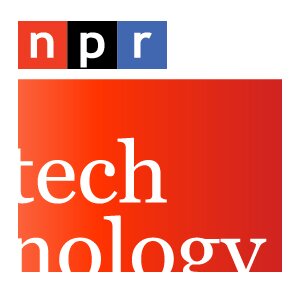Earlier this week National Public Radio’s “Tell Me More” aired a conversation that I shared with Tony Cox about the digital divide. We talked about the ways in which the digital divide is evolving and how the shifting digital media terrain, especially the steady adoption of technology by a growing diversity of young people, is redefining how we think about issues related to technology, diversity, and equity.
I am exploring these issues in a series of new projects that I will be reporting on over the next year. The projects are designed to examine the digital media lives of diverse young people and how, among other things, their adoption of media technologies are redefining what it means to be a young learner or citizen.
After I explained that the emerging challenges around digital media are more about quality of engagement, particpation, and expanding the pathways to digital media literacy among a greater diversity of young people, Tony asked me, “What can be done to get more people involved in myriad ways of using the Internet and digital media?” Here is my response:
WATKINS: It seems to me that the richest and most promising attempts to do this are really kind of happening in the informal learning spaces. So they’re happening in after-school programs, they’re happening in the summer camps, summer workshops, which is interesting and raises a whole other set of questions about why schools aren’t able to provide these kinds of opportunities.
But I think it’s happening right through community, technology leaders. I think it’s happening through social entrepreneurs who have decided, right, that these issues are so important that the digital divide today is really about digital literacy, right, and how do we begin to create environments, create spaces that encourage and support kids’ ability to develop the kinds of digital media skills that they will need in the 21st century in what I call kind of islands of kind of innovation, right?
It’s happening, you know, maybe in a couple places, you know, here or there. I’m seeing it in Washington, D.C. I’m seeing it in Oakland, here in Austin, in Chicago. I mean it’s happening in a variety of places, but it doesn’t seem to be, right, a kind of cohesive or kind of coherent effort. But one that’s kind of scattered across different communities driven primarily by visionaries, driven primarily by social entrepreneurs who have decided that it is a space that they want to step into, a space that, again, schools have been inadequate in servicing.
You can read or listen to our entire conversation here.
